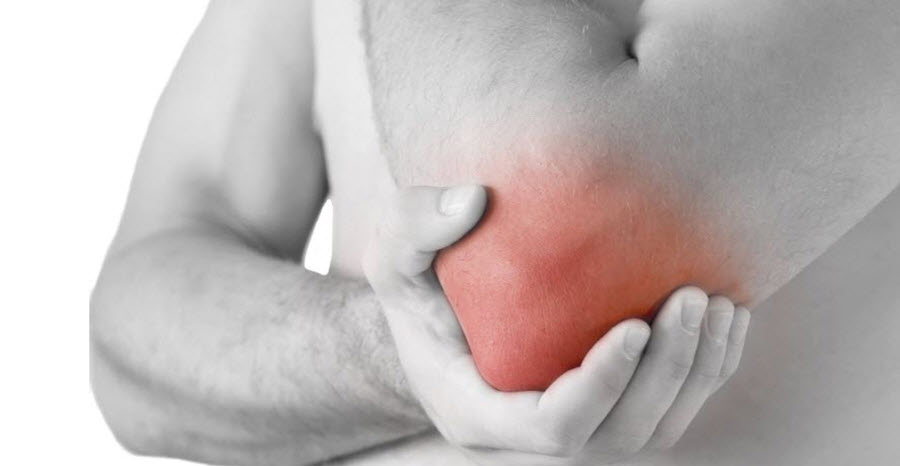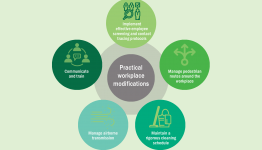22 May, 2014

Up to 50% of industrial injuries are thought to be attributed to cumulative trauma or overuse injury. These can range from troublesome annoyances, to severe debilitation. For office, building and site managers, there are a number of steps you can take to minimise repetitive strain injury within your workforce.
Here are 14 tips for avoiding overuse strain injuries:
1. Identify and correct postural problems
The aim is to eliminate fixed positions which impose static loads on the muscles of the back, neck, shoulders and arms. Poor or improperly-adjusted equipment, furniture or layout is often to blame.
2. Identify and eliminate forceful movements
The worst are those which involve fingers, hands and wrists, especially with bending or twisting. Check tools, knobs, processes, postures. Do things fit? Is maintenance happening?
3. Identify and break up periods of repetitive work
The aim is physical variety; use rest pauses and alternated tasks. Consult staff before introducing job rotation.
4. Ensure that any tell-tale early-warning signs are noticed and acted upon
Supervisors and staff alike will require (a) training and (b) incentives to do this. It is essential to encourage a climate in which early reporting is encouraged.
5. Educate supervisors in the recognition and correction of faulty workplace set-out and procedures
They should then be accountable for managing this.
6. Train staff to recognise and adjust their own workstations properly
The benefits of “ergonomic” furniture may otherwise be lost. Be sure to include thorough instruction for all new staff.
7. Identify and control work peaks
These can be daily, weekly or even annually; individual work loads need monitoring.
8. Know which staff are most vulnerable to overuse strain
New staff (how thorough is your induction?); those returning from leave; jerky or tense workers; staff using hands and fingers a lot.
9. Identify and control sources of individual pressures
These may be related to work output requirements, to ‘pacing’ by workmates, to supervisors’ attitudes – or even personal problems. Financial need may push vulnerable staff into harmful overtime. Bonus systems are bad.
10. Educate managers, engineers and designers in preventive measures
Once they know about ergonomics, they should be able to apply it quickly.
11. Require equipment suppliers to conform to your ergonomic specifications
12. Develop an alternative duties program
Carefully-selected tasks matched to individual needs (eg., as specified by a treating doctor) are essential. Close supervision is necessary.
13. Keep close to people who are off work sick
Letting people know you care about their welfare and recovery will help them a great deal. Weekly phone contact at least; have people come in to collect their pay, and keep them close to their workgroup.
14. Keep close to treating doctors
Let them know you’re keen to help. Ask them to give specific advice to assist even a partial return-to-work. Invite them to visit you.








